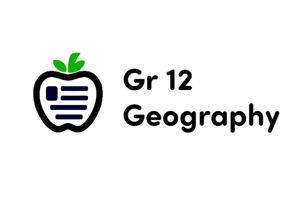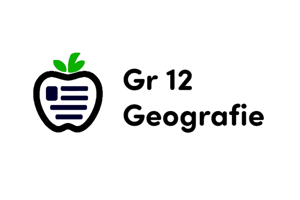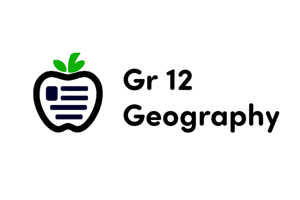Podcast
Questions and Answers
GeoAI is a scientific field that combines innovations in artificial intelligence with methods in spatial science.
GeoAI is a scientific field that combines innovations in artificial intelligence with methods in spatial science.
True (A)
At least 90% of all data are geographic in nature.
At least 90% of all data are geographic in nature.
False (B)
Spatial science plays a minor role in many scientific disciplines.
Spatial science plays a minor role in many scientific disciplines.
False (B)
GeoAI technologies are being used in the field of environmental exposure modeling to reduce existing exposures.
GeoAI technologies are being used in the field of environmental exposure modeling to reduce existing exposures.
Data science only involves the application of methods in artificial intelligence.
Data science only involves the application of methods in artificial intelligence.
Deep learning is a type of machine learning that draws inspiration from brain function, not computer function.
Deep learning is a type of machine learning that draws inspiration from brain function, not computer function.
GeoAI is a field within spatial science that focuses on applying AI technologies to analyze spatial big data, not temporal big data.
GeoAI is a field within spatial science that focuses on applying AI technologies to analyze spatial big data, not temporal big data.
Machine learning is a type of deep learning.
Machine learning is a type of deep learning.
Data mining refers to techniques to discover new and interesting patterns from large datasets, not small datasets.
Data mining refers to techniques to discover new and interesting patterns from large datasets, not small datasets.
GeoAI applications do include using machine learning and data mining to model air pollution exposure, which is similar to air quality exposure.
GeoAI applications do include using machine learning and data mining to model air pollution exposure, which is similar to air quality exposure.
Flashcards are hidden until you start studying
Study Notes
Spatial Science and Geographic Information Science
- Spatial science, also known as geographic information science, seeks to understand, analyze, and visualize real-world phenomena according to their locations.
- Spatial scientists apply technologies such as geographic information systems (GIS) and remote sensing to spatial data.
Big Data and Spatial Data
- The current era of big data generates real-time spatial big data from sources such as geotagged social media posts and environmental sensors.
- At least 80% of all data are geographic in nature, making up 80% of the 2.5 exabytes (2,500,000,000 gigabytes) of big data generated daily.
Spatial Data Science and GeoAI
- Data science and spatial data science are evolving fields that provide methods to organize and approach generating new knowledge from spatial big data.
- Geospatial artificial intelligence (geoAI) combines innovations in spatial science with artificial intelligence (AI) and machine learning to glean meaningful information from spatial big data.
Artificial Intelligence (AI) and Machine Learning
- AI refers to machines that make sense of the world, automating processes to create scalable insights from big data.
- Machine learning is a subset of AI that focuses on computers acquiring knowledge to iteratively extract information and learn from patterns in raw data.
- Deep learning is a cutting-edge type of machine learning that draws inspiration from brain function, enabling computers to learn from experience and understand the world as a nested hierarchy of concepts.
Data Mining and Applications
- Data mining refers to techniques to discover new and interesting patterns from large datasets.
- Applications of data mining techniques include recommender systems and cohort detection in social networks.
GeoAI Applications
- GeoAI applications include deep learning architectures and algorithms for feature recognition in historical maps, multi-sensor remote sensing image resolution enhancement, and identification of the semantic similarity in attributes for OpenStreetMap.
- GeoAI is being used in environmental exposure modeling, providing methods to measure new exposures that have been previously difficult to capture.
Studying That Suits You
Use AI to generate personalized quizzes and flashcards to suit your learning preferences.




